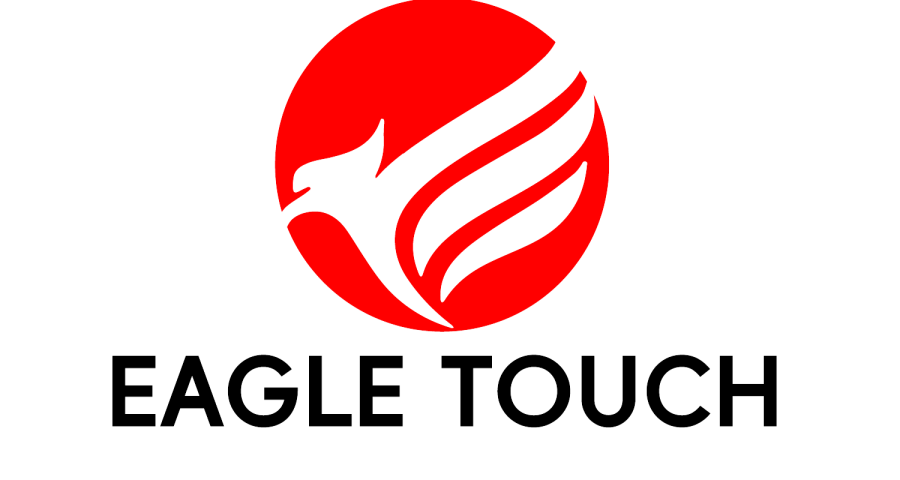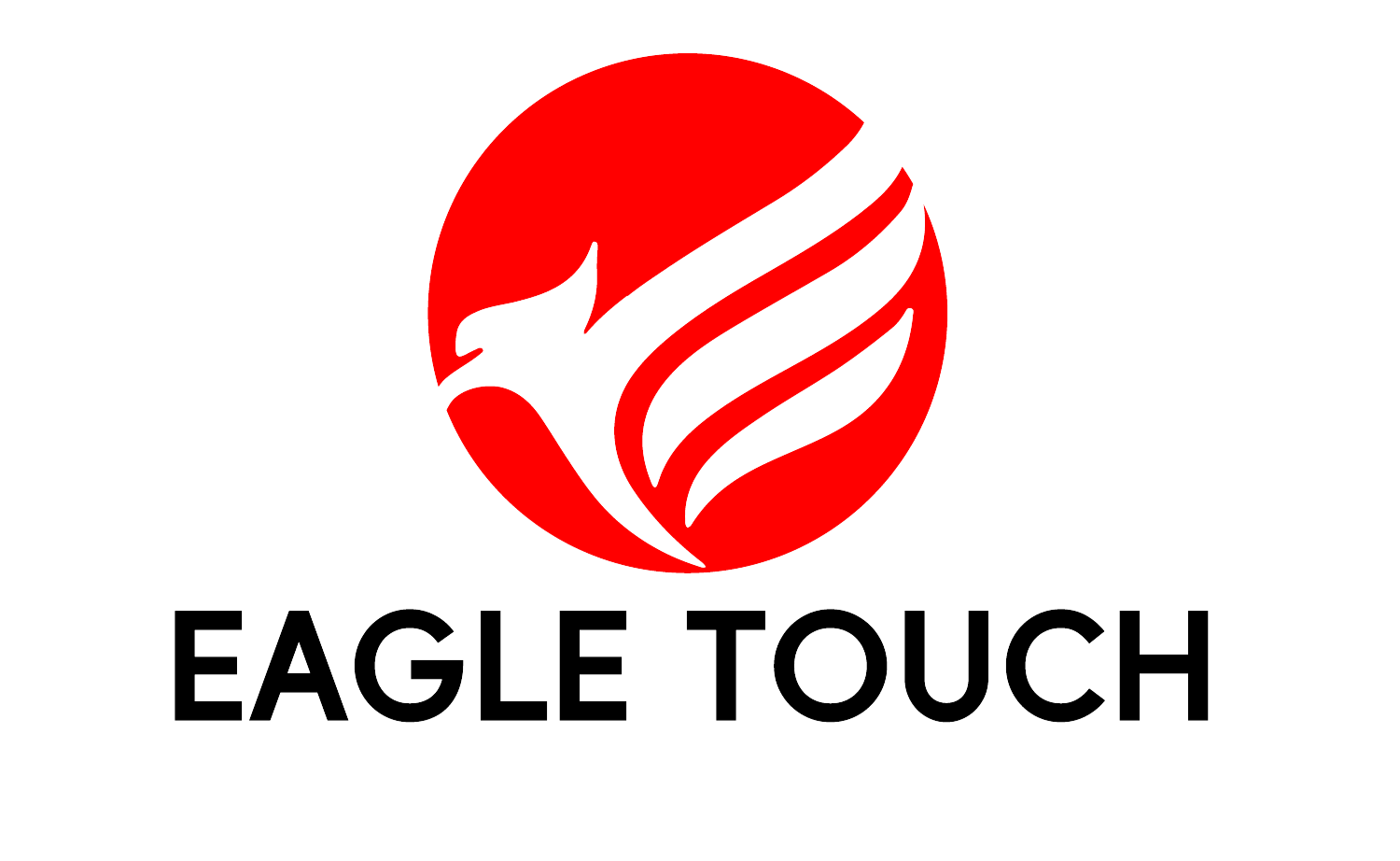
In the fast-changing world of industrial automation and control systems, the demand for clear and precise visual information is more important than ever. High-resolution displays are now the preferred option in many industrial settings because they can show detailed and accurate visual data. However, while these displays provide many benefits, they also present certain challenges that need to be managed to maintain top performance and reliability.
Advantages of High-Resolution Displays in Industrial Applications
1. Enhanced Data Visualization and Clarity
One of the most significant benefits of high-resolution displays is their ability to present data with exceptional clarity. In industrial environments, where operators often need to monitor complex systems and processes, the ability to view intricate details without distortion is crucial.
- Precise Image Quality: High-resolution displays provide sharper and more defined images, allowing operators to detect subtle changes in system behavior, which is essential for maintaining efficiency and safety in operations.
- Improved Data Visualization: With higher pixel density, these displays can show more information on the screen simultaneously without losing clarity. This is particularly important in control rooms where real-time data from various sensors and systems needs to be displayed on a single screen.
2. Better User Interface (UI) Design
High-resolution displays allow for more sophisticated and intuitive user interfaces. In industrial settings, a well-designed UI can significantly enhance an operator’s ability to interact with complex systems.
- Detailed Graphics: High-resolution screens can display detailed graphics and icons, making it easier for operators to understand and control systems.
- Scalability: The extra pixels allow for scalable UI elements that maintain clarity and usability, even when zoomed in or out. This is particularly useful in large-scale operations where different levels of detail may be needed.
3. Increased Productivity and Efficiency
When operators can see more detailed information and interact with systems more effectively, overall productivity increases.
- Reduced Errors: High-resolution displays reduce the likelihood of misinterpreting data, which can lead to fewer operational errors.
- Faster Decision-Making: With clear and precise information readily available, operators can make quicker and more informed decisions, improving response times in critical situations.
4. Future-Proofing Industrial Systems
As technology advances, the demand for higher resolution displays will continue to grow. Investing in high-resolution displays now ensures that industrial systems remain relevant and compatible with future advancements.
- Compatibility with Advanced Software: Modern industrial software increasingly leverages high-resolution graphics and detailed data visualization tools, making high-resolution displays a necessary component for future upgrades.
- Adaptability: These displays are better suited to integrate with upcoming technologies, such as augmented reality (AR) and advanced 3D modeling, which are becoming more prevalent in industrial applications.
Challenges of High-Resolution Displays in Industrial Applications
While the advantages of high-resolution displays are clear, there are also challenges that need to be addressed to maximize their effectiveness in industrial environments.
1. Increased Computational Requirements
High-resolution displays require more processing power to render images and data effectively. This can be a challenge in industrial settings where systems may already be operating near their capacity.
- Hardware Upgrades: To support high-resolution displays, existing industrial systems may require significant hardware upgrades, such as more powerful GPUs or additional memory, which can increase costs.
- Software Optimization: Industrial software must be optimized to handle the higher data throughput that comes with high-resolution displays. This may involve rewriting code or updating existing applications.
2. Potential for Latency Issues
Rendering high-resolution images can introduce latency, which can be problematic in real-time industrial applications where immediate feedback is crucial.
- Response Time: The increased data load can slow down response times, especially in systems that were not originally designed to handle high-resolution output.
- Synchronization Challenges: Ensuring that the display’s output is synchronized with the real-time data can be difficult, particularly in complex systems with multiple input sources.
3. Higher Power Consumption
High-resolution displays typically consume more power than their lower-resolution counterparts. This can be a significant concern in industrial environments where power efficiency is critical.
- Energy Costs: The increased power requirements can lead to higher energy consumption, which not only increases operational costs but can also strain power supply systems.
- Thermal Management: The additional power consumption also generates more heat, which may require enhanced cooling solutions to prevent overheating and ensure reliable operation.
4. Cost Considerations
While the benefits of high-resolution displays are numerous, they come at a cost. These displays are generally more expensive than standard-resolution screens, both in terms of initial purchase price and the associated costs of necessary upgrades.
- Initial Investment: The upfront cost of high-resolution displays can be a barrier, particularly for smaller industrial operations with limited budgets.
- Long-Term Maintenance: Maintaining high-resolution displays may also involve higher costs, particularly if specialized components or services are needed.
Conclusion
High-resolution displays offer numerous advantages in industrial applications, from improved data visualization and enhanced UI design to increased productivity and future-proofing capabilities. However, these benefits come with challenges, including the need for more powerful hardware, potential latency issues, higher power consumption, and increased costs. To fully leverage the advantages of high-resolution displays, it’s crucial for industrial operators to carefully consider these factors and implement strategies to mitigate the challenges.
By understanding both the benefits and the potential drawbacks, industrial operations can make informed decisions about integrating high-resolution displays into their systems, ultimately enhancing performance and ensuring long-term reliability.




